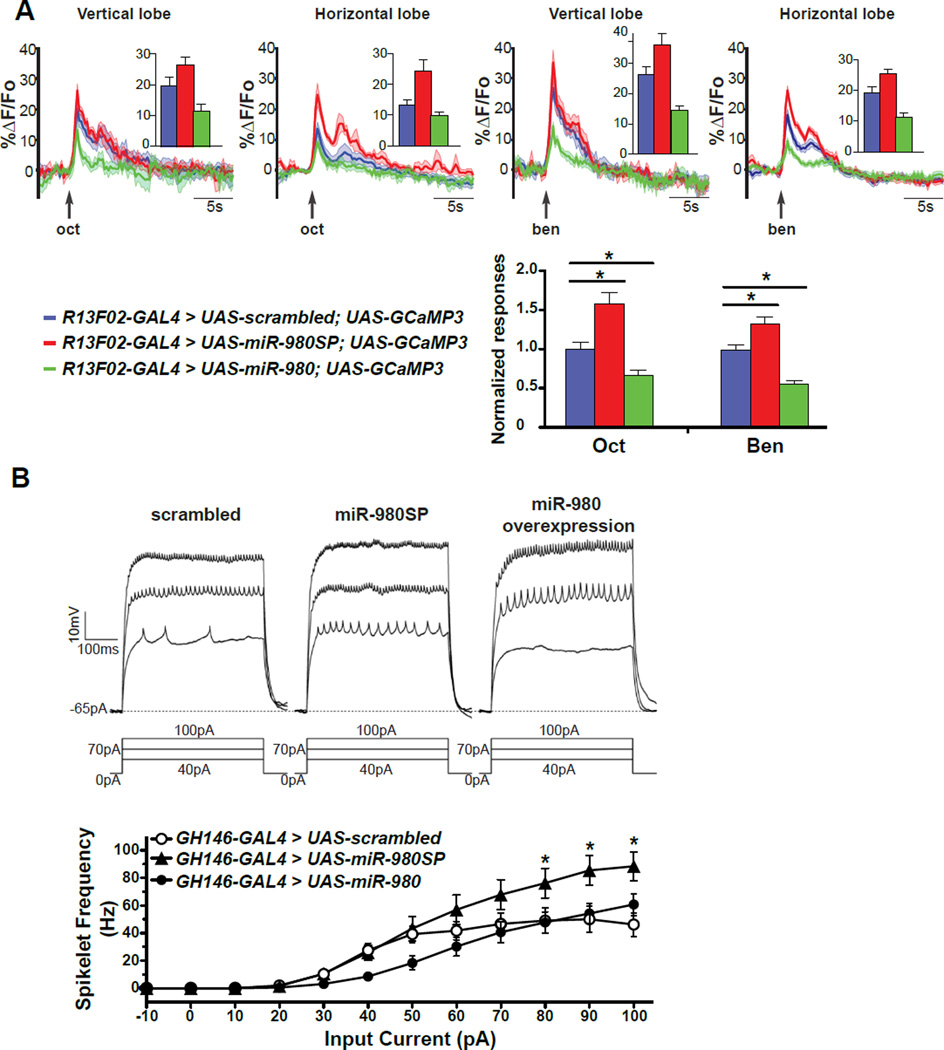Figure 3. MiR-980 expression modulates the excitable state of neurons.
(A) Recording of odor evoked Ca2+ influx in the vertical and horizontal MB lobes. GCaMP3 fluorescence was recorded while 3s of octanol- (oct) or benzaldehyde- (ben) laced air was applied to R13F02-GAL4>UAS-scrambled, R13F02-GAL4>UAS-miR-980SP and R13F02-GAL4>UAS-miR-980 overexpressing flies. The graphs show the sliding mean of the ΔF/Fo as a function of time, with the SEM represented as the shaded outline. Group data quantifying the peak response from baseline are shown as insets. Oct and ben responses in the vertical and horizontal lobes were normalized and averaged. The R13F02-GAL4>UAS-miR-980SP flies exhibited elevated odor evoked Ca2+ responses compared to the UAS-scrambled control. The R13F02-GAL4>UAS-miR-980 overexpression flies exhibited impaired odor evoked Ca2+ responses. Statistics: Responses were analyzed using one-way ANOVA followed by Bonferroni’s post-hoc tests. Results are the mean ± SEM with n=12. p<0.0001.
(B) MiR-980 modulates the excitability of projection neurons (Pn) in adult antennal lobes. Representative current clamp recordings of GH146-GAL4>UAS-scrambled control, GH146-GAL4>UAS-miR-980SP and GH146-GAL4>UAS-miR-980 overexpression Pn are shown. Spikelet frequency is plotted as a function of the current step. The firing frequency from miR-980SP Pn was significantly higher than the scrambled control at higher current steps. The mean firing frequency from miR-980 overexpression Pn was not significantly different with the scrambled control PNs, although a strong trend was observed at 40–50 pA. Statistics: Mean firing frequencies were analyzed using two-way ANOVA followed by Bonferroni’s post-hoc tests. Results are the mean ± SEM with n=21 for scrambled, n=19 for miR-980SP and miR-980 overexpression. p<0.001.

